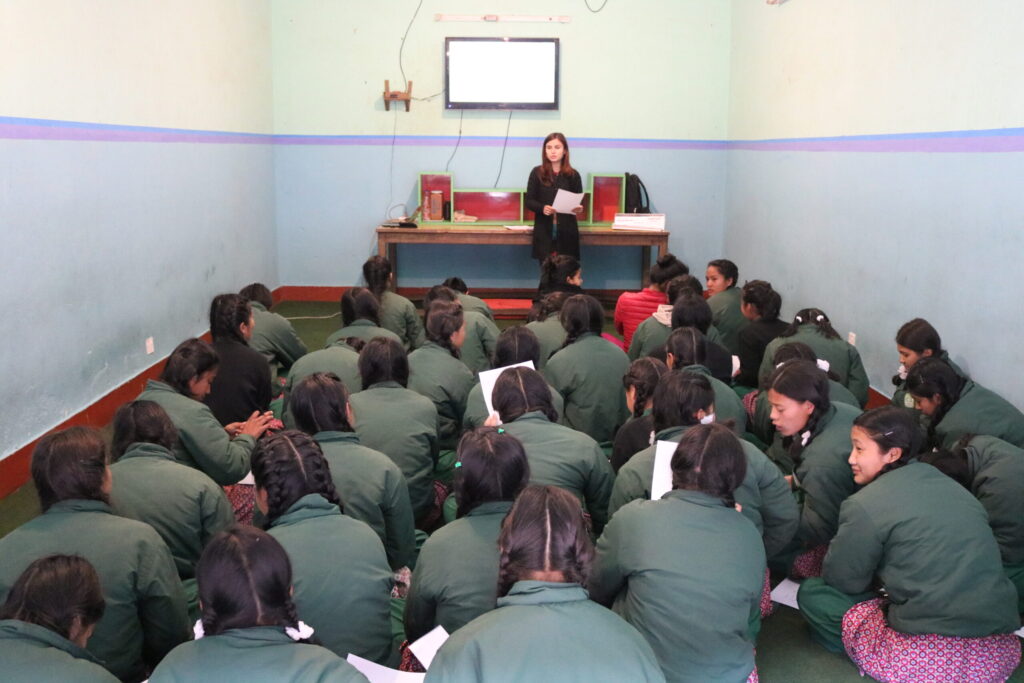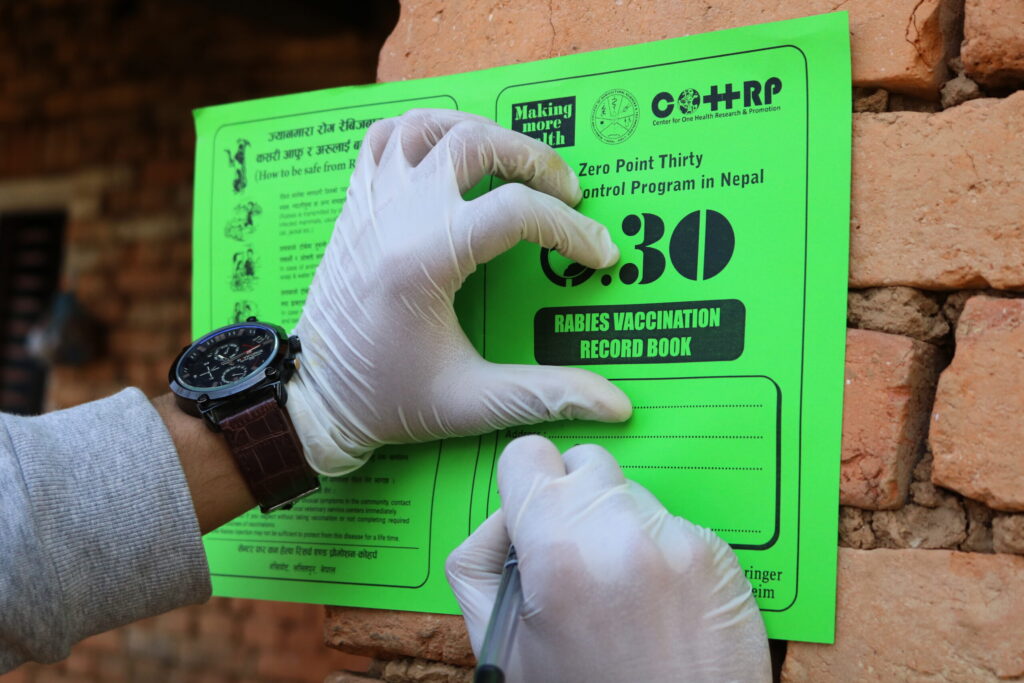
DISEASE INTERVENTION
Disease intervention consists of two main parts. First, it rapidly identifies people who don’t know they may be infected. Second, it helps people receive treatment fast. This stops diseases from spreading and prevents serious health problems caused by them. Center for One Health Research and Promotion (COHRP) has been stepping in the community level to identify the vulnerable group of people towards zoonotic disease like Rabies. Rabies which is a vaccine preventable viral disease occurs in more than 150 countries and territories. Present on all continents, except Antarctica, with over 95% of human deaths occurring in the Asia and Africa regions, Rabies is one of the Neglected Tropical Diseases (NTD) that predominantly affects poor and vulnerable populations who live in remote rural locations. Approximately 80% of human cases occur in rural areas.
To address the deadly consequences of this vaccine-preventable disease, the Center for One Health Research and Promotion take a holistic approach of research, rabies-vaccination and community education. Understanding community at deeper level, we survey various community people based on their experience of dog bite cases, stray-dog population, their vaccination regime, the economic and psychological burden and overall the attitude and their understanding of rabies in general. With this data, each year, COHRP’s veterinarians with the help of technical team go in these community to conduct mass rabies vaccination and try to encourage the policymakers for establishing rabes-centric health facilities and vaccination. Such intervention were introduced in the community level through various community-led project, one of which is the Zero by 30 Project which is the global strategic plan to end human deaths from dog-mediated rabies by 2030.
0.30 PROJECT: PHASE I
The pilot project (Phase I) was completed in April of 2019 in 6 areas in Southern Kathmandu. The project led by COHRP in collaboration with Behringer Ingelheim and Himalayan College of Agriculture Sciences and Technology (HICAST).
The project targeted 3 aspects of rabies control:
Disease control intervention – Mass dog rabies vaccination: 800 dogs (free roaming and owned) were vaccinated
Public awareness and education – Awareness education to School students of Kathmandu valley: 3300 children and people reached



